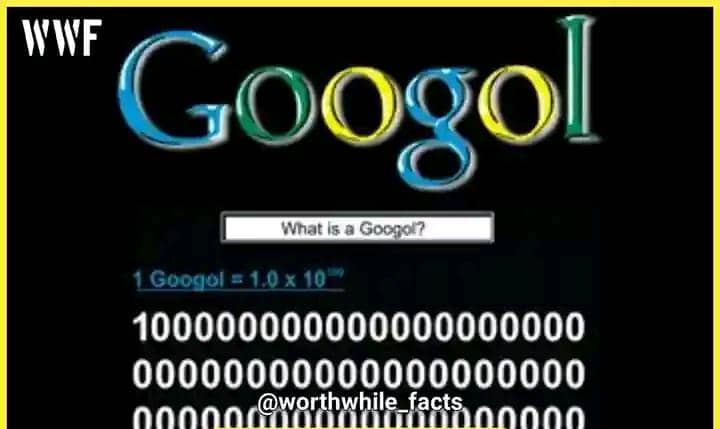Google, now a ubiquitous presence in our daily lives, owes its name to a simple misspelling of a mathematical term. Founders Larry Page and Sergey Brin initially called their search engine “BackRub,” but sought a name that better reflected their mission to organize the vast expanse of information on the internet.
The story begins with “googol,” a mathematical term for the number 1 followed by 100 zeros, meant to represent the immense quantity of data the search engine aimed to handle.
During a brainstorming session in 1997, a Stanford graduate student named Sean Anderson suggested “googolplex”. Page responded with the shortened form “googol”.
Anderson then checked the domain name’s availability but misspelled “googol” as “google.com”. Page quickly favored the misspelling, and the domain name was registered on September 15, 199735. Thus, a typo led to the iconic name we know today.
The term “googol” itself has an interesting origin, coined in 1920 by 9-year-old Milton Sirotta, nephew of mathematician Edward Kasner. Kasner asked his nephew to invent a name for the number 1 followed by 100 zeros. Sirotta’s playful suggestion stuck, and Kasner included the term in his 1940 book “Mathematics and the Imagination”.
This connection to a child’s imagination adds a whimsical touch to the story of Google’s naming.
Before Google, Page and Brin’s search engine was called “BackRub” because it analyzed the web’s “back links” to determine a website’s significance. As the project grew and strained Stanford’s servers, the founders sought a more fitting name to mirror the vast amount of data they were processing.
The evolution from “BackRub” to “Google” demonstrates the founders’ innovative spirit and their penchant for unique nomenclature.
From its humble beginnings in a garage to its current status as a global tech giant, Google’s journey is a testament to the power of innovation and a little bit of serendipity.
The accidental misspelling that resulted in the name “Google” is a fitting symbol for a company that has revolutionized how we access and interact with information.

